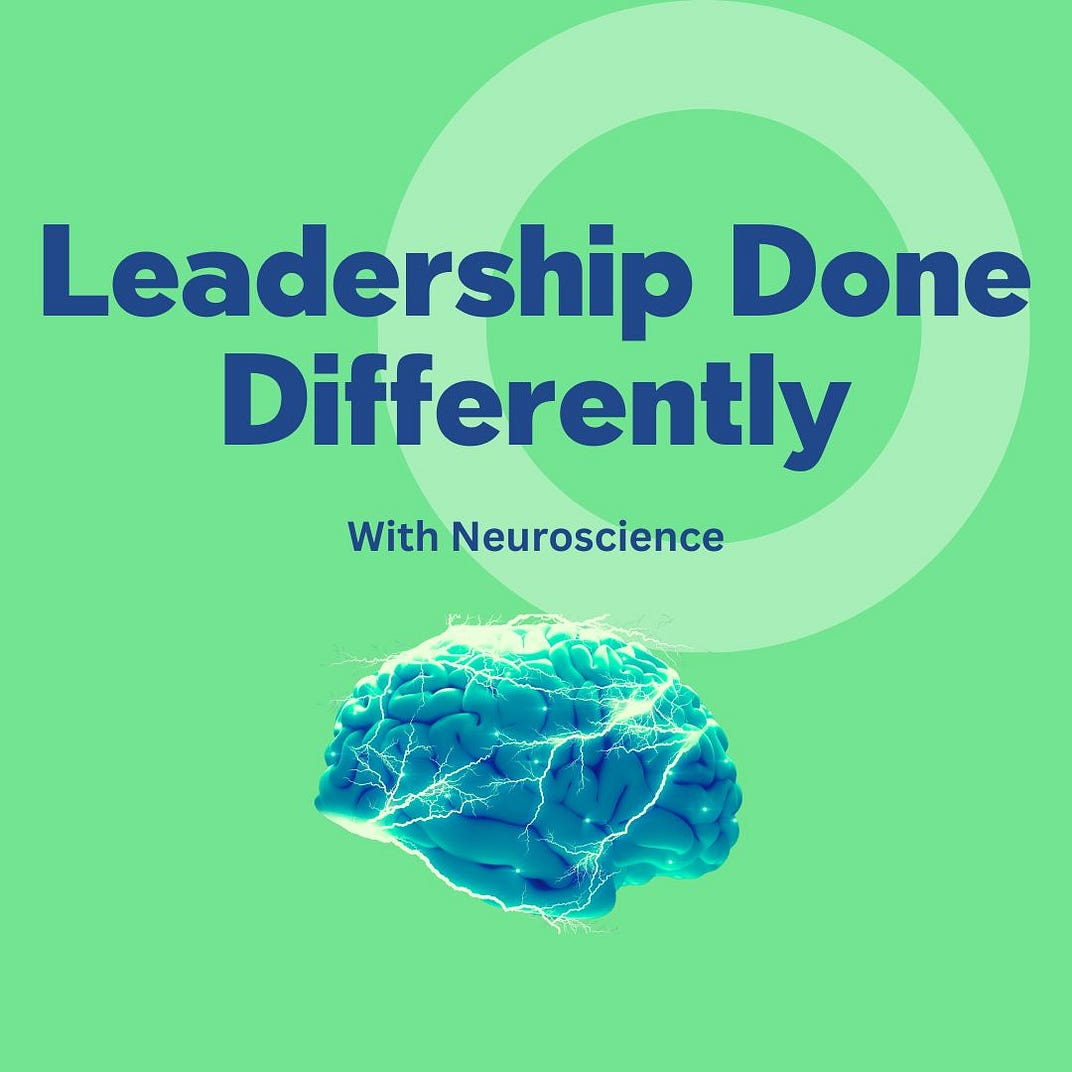Leadership Done Differently with Neuroscience
Leadership expert Blaz Marolt, drawing from his background at the US Military Academy at West Point and years of cross-industry experience, has a fascinating approach to leadership development through neuroscience. His insights reveal that understanding how our brains work isn’t just academic curiosity — it’s the key to unlocking more authentic, effecti…
Keep reading with a 7-day free trial
Subscribe to The 180° ⋆.˚🦋༘⋆ to keep reading this post and get 7 days of free access to the full post archives.


